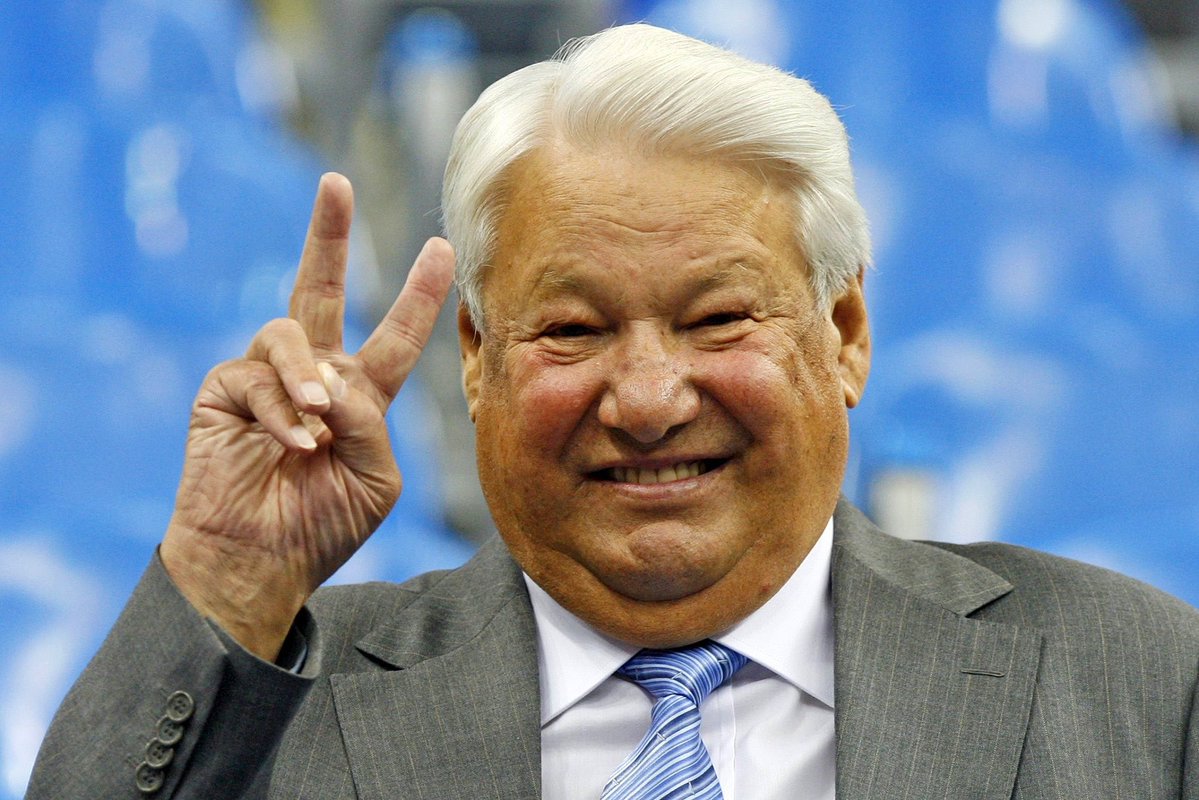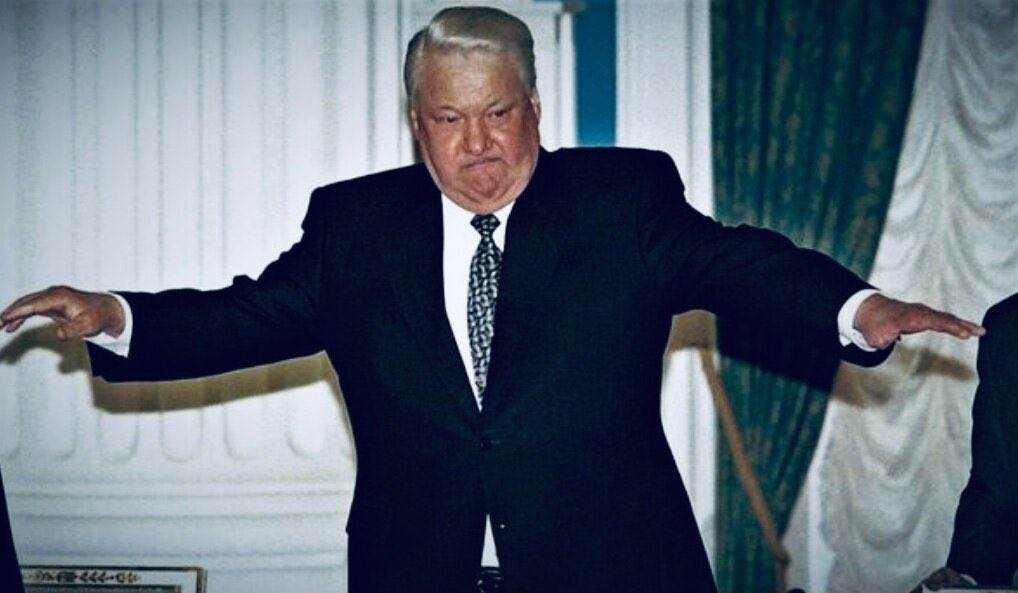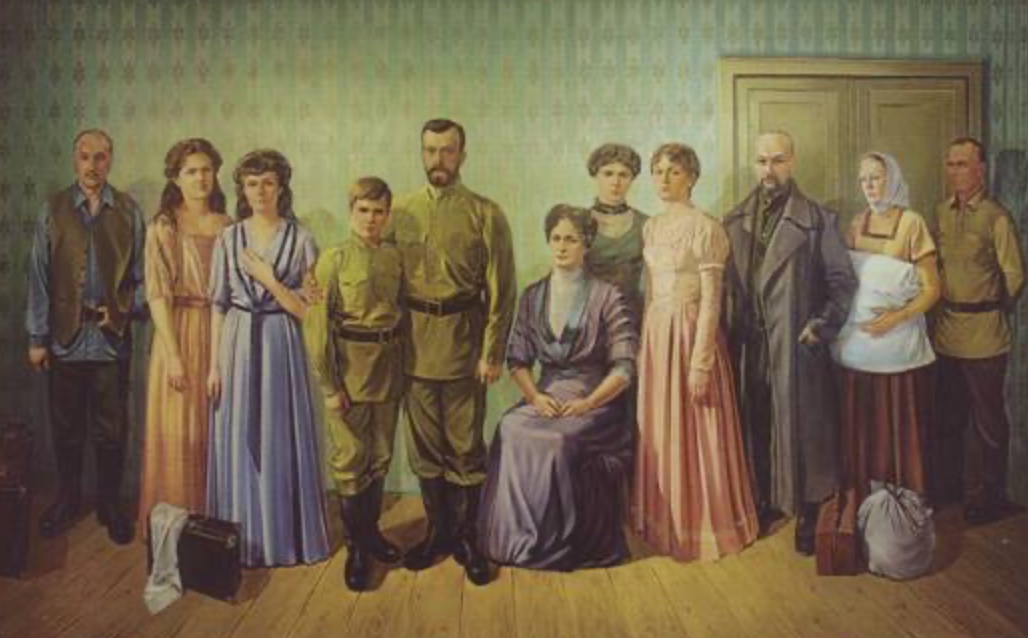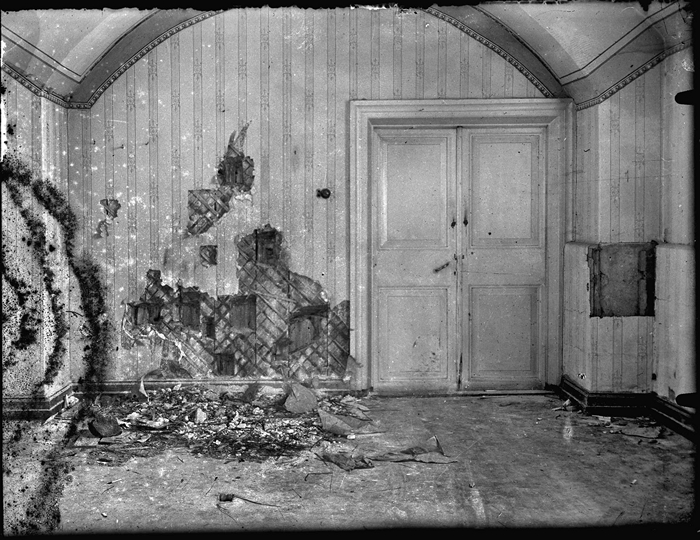“Russia bad” is a cool slogan until you compare real life.
Here’s what they don’t want you to see about childbirth, medicine, education, and raising a family.
🇷🇺 vs 🇺🇸 let’s go.🧵👇
Here’s what they don’t want you to see about childbirth, medicine, education, and raising a family.
🇷🇺 vs 🇺🇸 let’s go.🧵👇
🏥 Healthcare:
🇷🇺 Free under compulsory insurance. Even major surgery or cancer = $0.
🇺🇸 $200+ per doctor visit if uninsured. Hospital stay? $20,000+.
Monthly insurance: $500–$1,200.
The “freedom” to choose bankruptcy.
🇷🇺 Free under compulsory insurance. Even major surgery or cancer = $0.
🇺🇸 $200+ per doctor visit if uninsured. Hospital stay? $20,000+.
Monthly insurance: $500–$1,200.
The “freedom” to choose bankruptcy.

👶 Childbirth:
🇷🇺 $0 includes ultrasounds, lab tests, meds, even C-section.
🇺🇸 $18,865 on average (and that’s with insurance).
Welcome to the land of freedom… to go into medical debt.
🇷🇺 $0 includes ultrasounds, lab tests, meds, even C-section.
🇺🇸 $18,865 on average (and that’s with insurance).
Welcome to the land of freedom… to go into medical debt.

💰Maternity Capital:
🇷🇺 ~$9,135 for first child, ~$3,000 for second.
Usable for housing or education.
🇺🇸 $0.
🇷🇺 ~$9,135 for first child, ~$3,000 for second.
Usable for housing or education.
🇺🇸 $0.

🤰Maternity Leave:
🇷🇺 2 months paid before birth, and up to 1.5 years paid leave.
Free milk, juices, baby food, and more for kids under 3.
Large families (3+ kids)? Benefits extended to age 7.
🇺🇸 Federal law guarantees: 0 paid leave.
FMLA: 12 weeks unpaid.
Paid leave? Only if your employer offers it.
🇷🇺 2 months paid before birth, and up to 1.5 years paid leave.
Free milk, juices, baby food, and more for kids under 3.
Large families (3+ kids)? Benefits extended to age 7.
🇺🇸 Federal law guarantees: 0 paid leave.
FMLA: 12 weeks unpaid.
Paid leave? Only if your employer offers it.
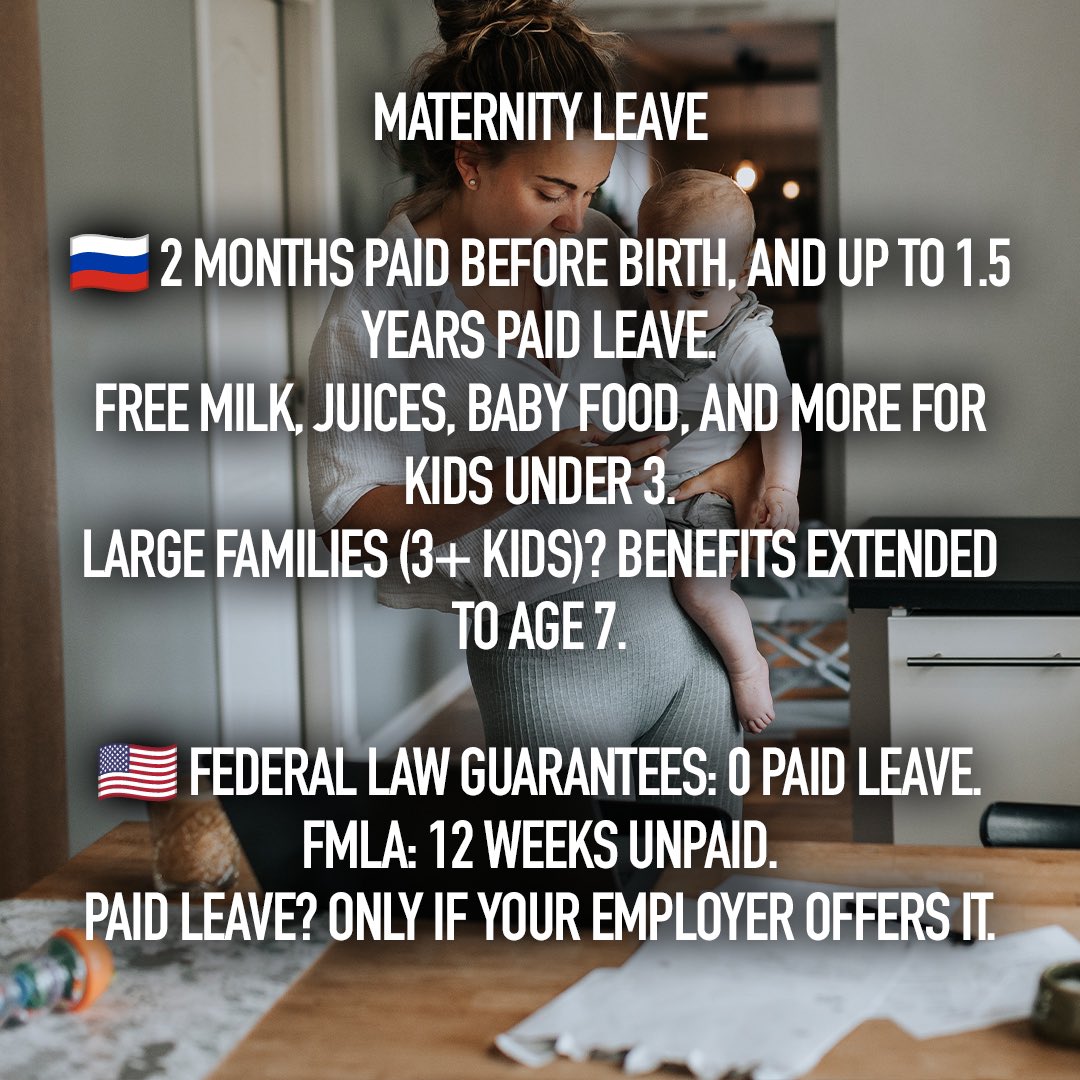
🧑🧑🧒Childcare:
🇷🇺
🔸Free kindergarten for families 3 kids+
🔸Otherwise $600 a year
🇺🇸
🔸Kindergarten: $13,138/year
🇷🇺
🔸Free kindergarten for families 3 kids+
🔸Otherwise $600 a year
🇺🇸
🔸Kindergarten: $13,138/year

🫂Monthly Family Support:
🇷🇺
🔸 Monthly payments for each child until age 17: ~$100–$250
🔸 Free school meals, medicine, transport for large families
🔸 Clothing subsidies, utility discounts, and more
🇺🇸
🔸 Child Tax Credit: up to $2,000/year per child paid via tax refund
🔸 No guaranteed monthly payments
🔸 No free meds unless under poverty line
🇷🇺
🔸 Monthly payments for each child until age 17: ~$100–$250
🔸 Free school meals, medicine, transport for large families
🔸 Clothing subsidies, utility discounts, and more
🇺🇸
🔸 Child Tax Credit: up to $2,000/year per child paid via tax refund
🔸 No guaranteed monthly payments
🔸 No free meds unless under poverty line

🎓Higher Education:
🇷🇺 Free for top students. Paid: $700–$2,000/year.
🇺🇸 Tuition: $11,610 - $30,780 a year. Private, nonprofit four-year colleges average $43,350+
🇷🇺 Free for top students. Paid: $700–$2,000/year.
🇺🇸 Tuition: $11,610 - $30,780 a year. Private, nonprofit four-year colleges average $43,350+

💊Prescription Drugs:
🇷🇺 $0 for:
🔸 Families with 3+ kids
🔸 Seniors
🔸 Children under 3
🔸 Disabled persons
🔸 Chronic illnesses
🔸 Veterans
🔸 Post-surgery patients
🔸 Pregnant women
Otherwise: $1–$30/pack
🇺🇸 With insurance: up to $100 copay
No insurance?
🔸 Insulin: ~$300
🔸 Antibiotics: $80+
🇷🇺 $0 for:
🔸 Families with 3+ kids
🔸 Seniors
🔸 Children under 3
🔸 Disabled persons
🔸 Chronic illnesses
🔸 Veterans
🔸 Post-surgery patients
🔸 Pregnant women
Otherwise: $1–$30/pack
🇺🇸 With insurance: up to $100 copay
No insurance?
🔸 Insulin: ~$300
🔸 Antibiotics: $80+
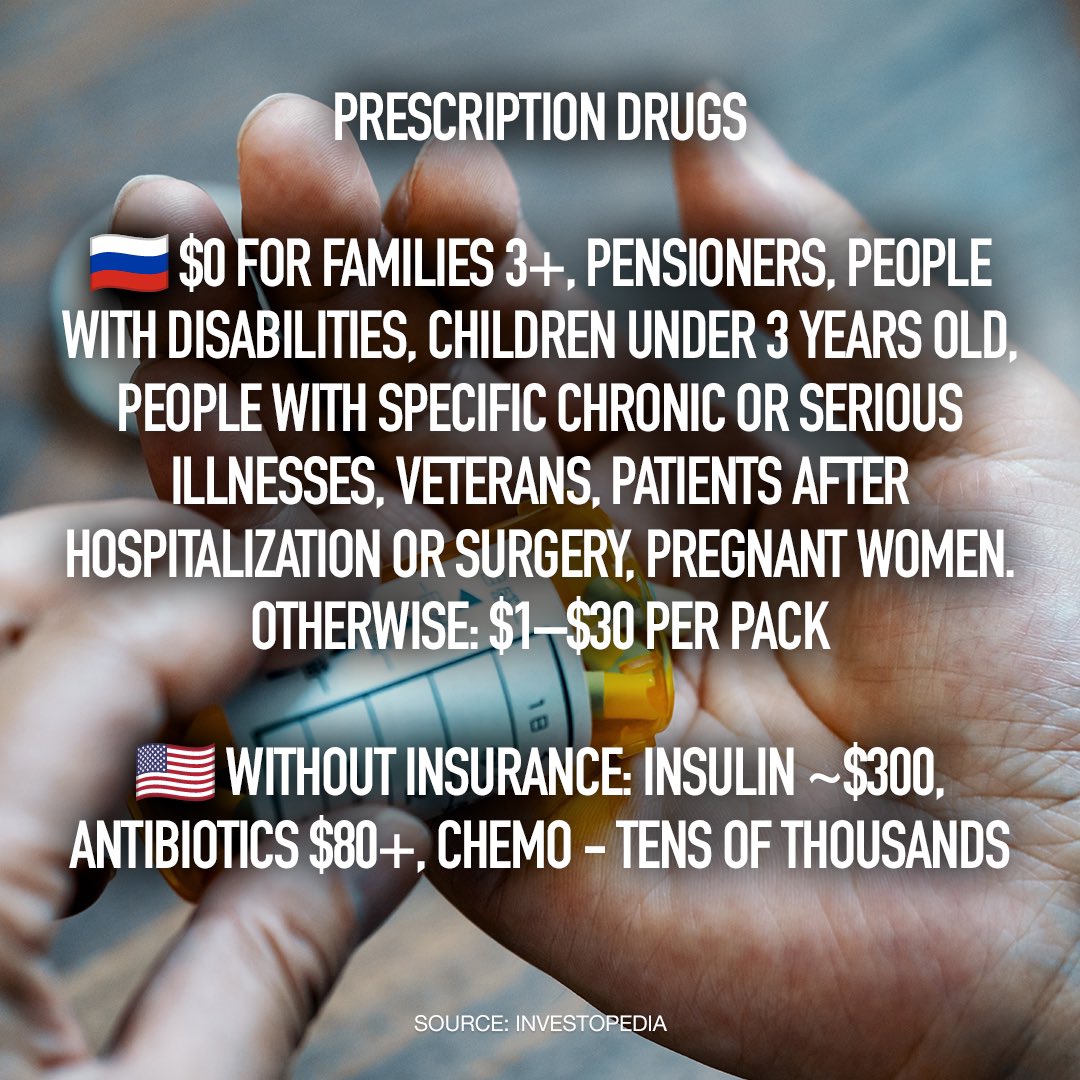
🦷Dentist:
🇷🇺 Russia: Prices are 5–10x lower on average. Many procedures are affordable out-of-pocket. $0 at the clinics.
🇺🇸 USA: Even basic care is expensive without insurance. Insurance often covers only part of major procedures. Dental debt is common.
🇷🇺 Russia: Prices are 5–10x lower on average. Many procedures are affordable out-of-pocket. $0 at the clinics.
🇺🇸 USA: Even basic care is expensive without insurance. Insurance often covers only part of major procedures. Dental debt is common.
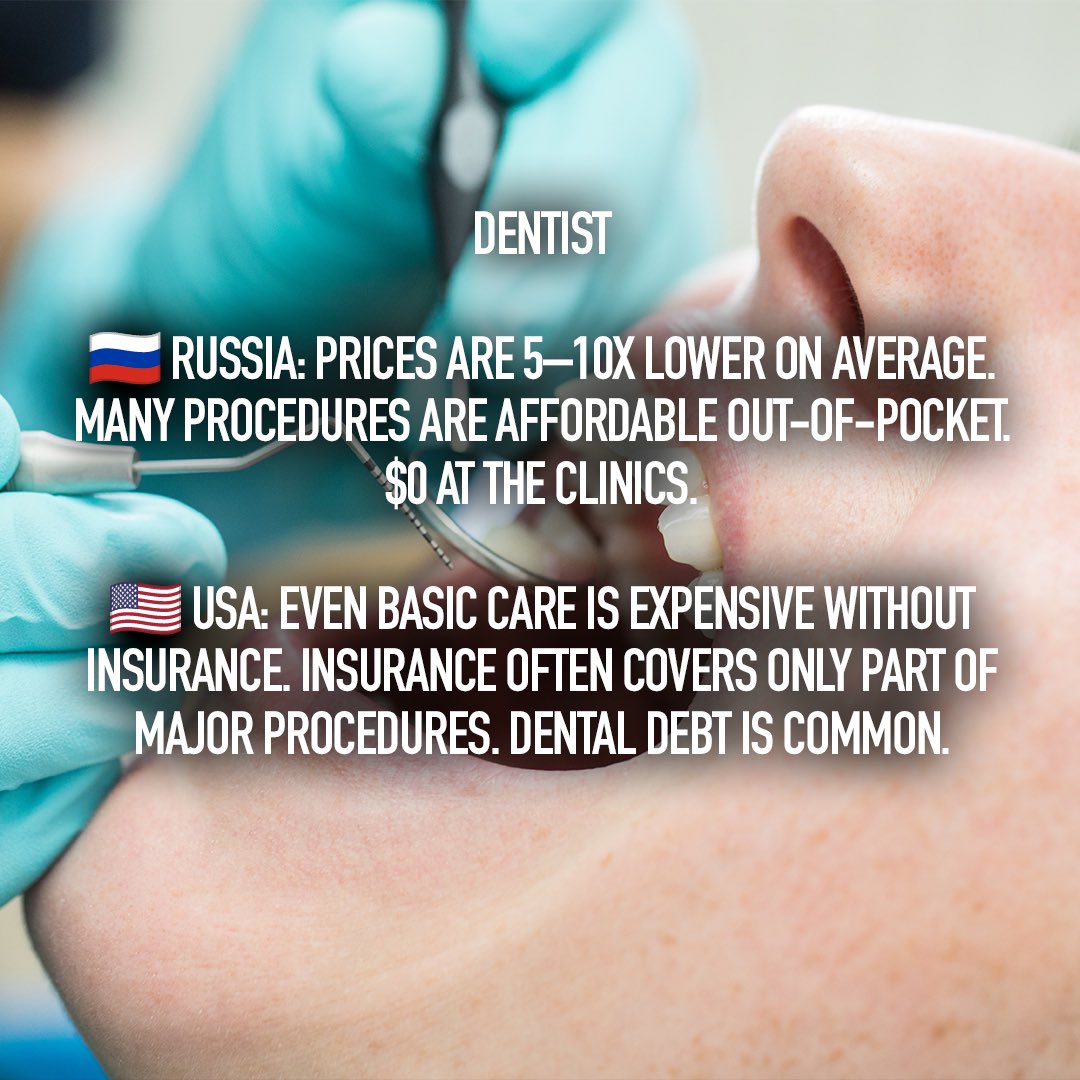
🩼Disability & Social Assistance:
🇷🇺 Russia
🔸 Free meds, prosthetics, transport
🔸 Disability pensions: $150–$250/month
🇺🇸 USA
🔸 No guaranteed benefits unless covered by Medicare/Medicaid
🔸 Coverage difficult to obtain
🇷🇺 Russia
🔸 Free meds, prosthetics, transport
🔸 Disability pensions: $150–$250/month
🇺🇸 USA
🔸 No guaranteed benefits unless covered by Medicare/Medicaid
🔸 Coverage difficult to obtain

• • •
Missing some Tweet in this thread? You can try to
force a refresh


